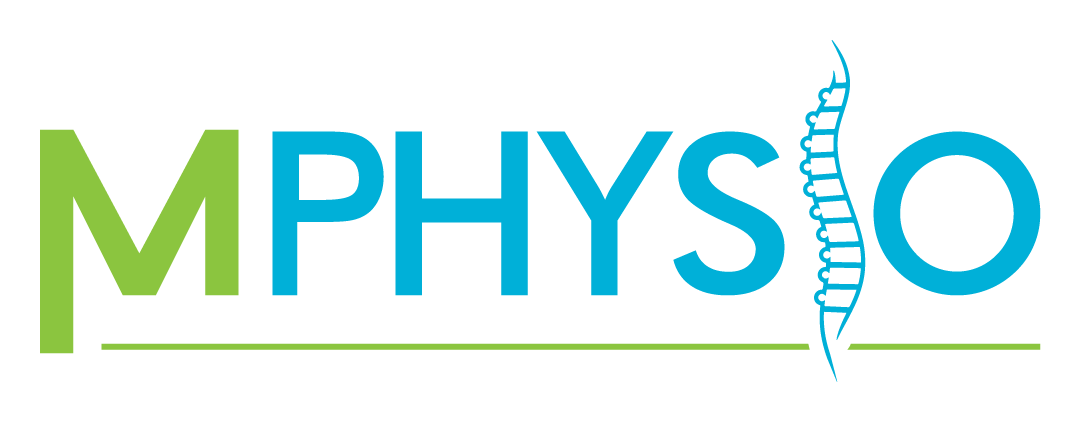Blog, Physiotherapy, Posture, Stretches
Shoulder Dislocations: From Setback to Strength

Shoulder dislocations are among some of the most prevalent orthopaedic injuries, often occurring due to traumatic incidents or underlying instability in the joint.
Understanding the causes, recurrence rates, diagnosis protocols, and the role of physiotherapy rehabilitation is crucial for effective management and recovery.
Causes of Shoulder Dislocations
The most common causes of shoulder dislocations include traumatic events such as falls, sports injuries, or accidents.
These incidents can cause the shoulder joint to move out of its socket, leading to instability and pain. Individuals with underlying joint laxity or conditions like Ehlers-Danlos syndrome may be more prone to experiencing shoulder dislocations even with minor accidents.
Recurrence Rates
Shoulder dislocations have a significant recurrence rate, especially among young, active individuals. Studies indicate that the likelihood of recurrence ranges from 17% to 96%, depending on factors such as age, activity level, and the presence of associated injuries or underlying joint instability.
Recurrent dislocations can lead to chronic shoulder instability and functional limitations if left untreated.
Diagnosis and Imaging
Following a shoulder injury, it’s important to seek help from a health professional to determine the extent of damage and the need for further intervention. Physical examination and diagnostic imaging (such as X-rays or MRI scans) can be used to help assess the severity of the dislocation, the presence of any associated fractures and guide treatment decisions.
Physiotherapy Rehabilitation & Intervention
Early initiation of physiotherapy can allow for optimal recovery and prevention of future dislocations. Once the the joint is relocated, typically within a few days to weeks following the injury, individuals can begin physiotherapy sessions. Delayed or inadequate rehabilitation may result in muscle weakness, joint stiffness, and increased risk of recurrent dislocations.
The acute and sub-acute phases of physiotherapy are focused on managing pain and safely restoring range of movement.
Following this, targeted exercises and progressive training programs aim to improve strength and endurance, enhance proprioception, and address any underlying biomechanical deficits contributing to instability. Additionally, physiotherapy helps individuals regain functional independence and return to their pre-injury activities safely with reduced risk of re-injury.
3 Tips for Acute Management of Shoulder Dislocations:
1. Seek Medical Attention: It’s strongly recommended to seek prompt medical evaluation to ensure proper diagnosis and treatment planning, particularly if your shoulder joint does not re-locate on its own. Seek medical advice immediately by calling 000. It’s strongly advised that you do not try to re-locate the shoulder on your own and without medical advice.
2. Immobilisation: Following a shoulder dislocation, it’s important to immobilise the joint to prevent further injury and alleviate pain until it is assessed by a health professional.
3. Ice Therapy: Applying ice to the injured shoulder for 15-20 minutes every few hours, (especially in the first 48 hours post-injury) can help reduce inflammation, swelling, and pain.
Shoulder dislocations can have a significant impact individuals’ functional abilities and quality of life.
Through early diagnosis, comprehensive rehabilitation, and adherence to physiotherapy programs, individuals can achieve optimal recovery, minimise recurrence risk and regain confidence in their shoulder’s stability and functionality.
If you have a history of shoulder dislocations or have had a recent one, call us today on 1800 992 999 to book an assessment with one of our highly trained physiotherapists!


